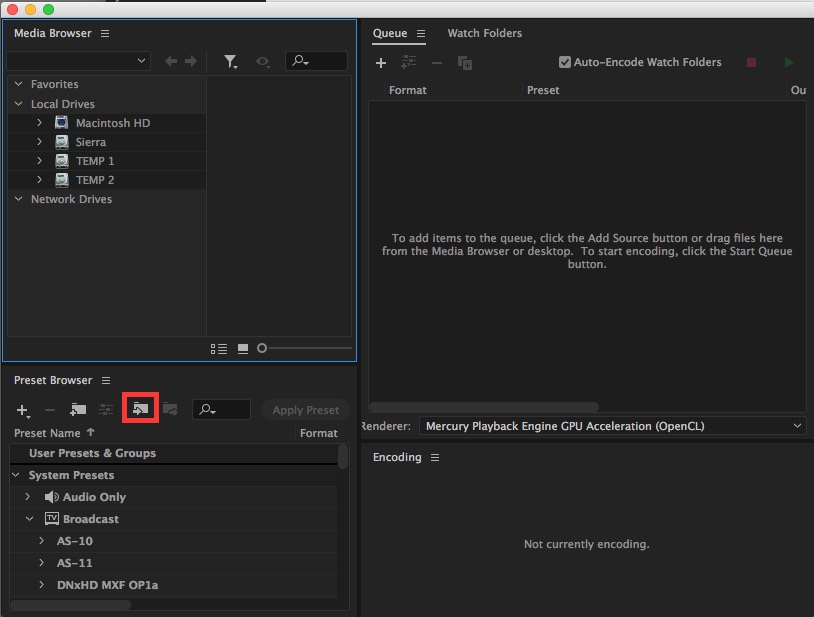

That all changed this past May when Adobe released the 14.2 update to Premiere Pro (and Adobe Media Encoder) that added hardware-accelerated encoding support for the H.264 and HEVC formats 2 for AMD GPUs on Windows. Video editing applications like Premiere Pro have long been able to utilize the power of your GPU - for example, its Mercury Playback Engine uses OpenCL with AMD graphics cards to accelerate tasks like rendering video effects.īut what you have not been able to do up until now is use your graphics card to speed up the final step in your Premiere Pro video creation journey – exporting your final edited masterpiece. Today’s creative workflows don’t just use the power of your CPU as many of the most popular content creation applications can also leverage the power of your system’s graphics card to boost creative performance even further. And for creators looking for even more oomph on the go, our AMD Ryzen 4000 H-Series Mobile Processors bring desktop-caliber performance to laptop form factors 1 where this was not possible before.ĪMD GPU Hardware-Accelerated Video Encoding Support in Adobe Premiere Pro Our new AMD Ryzen 4000 U-Series Mobile Processors equipped with up to eight “Zen 2” cores bring a new level of content creation performance to ultrathin laptops. Using a laptop for content creation workflows such as video editing gives creators the flexibility to create from anywhere - however, finding a system with the right balance between power and portability for creative work can be difficult.Ĭreators want a system that is both thin and light yet still capable of powering through the most complex Adobe Premiere Pro video editing projects and laptops powered by AMD Ryzen Mobile Processors with Radeon Graphics can deliver this.

They are having to change the way they create, and mobile solutions are a key part of this. Content creators across the globe, like all of us, are facing many challenges in the world everyone is living in today.


 0 kommentar(er)
0 kommentar(er)
